7 Tips to Know About Top Things to Know Before Buying Most Common Houseplants
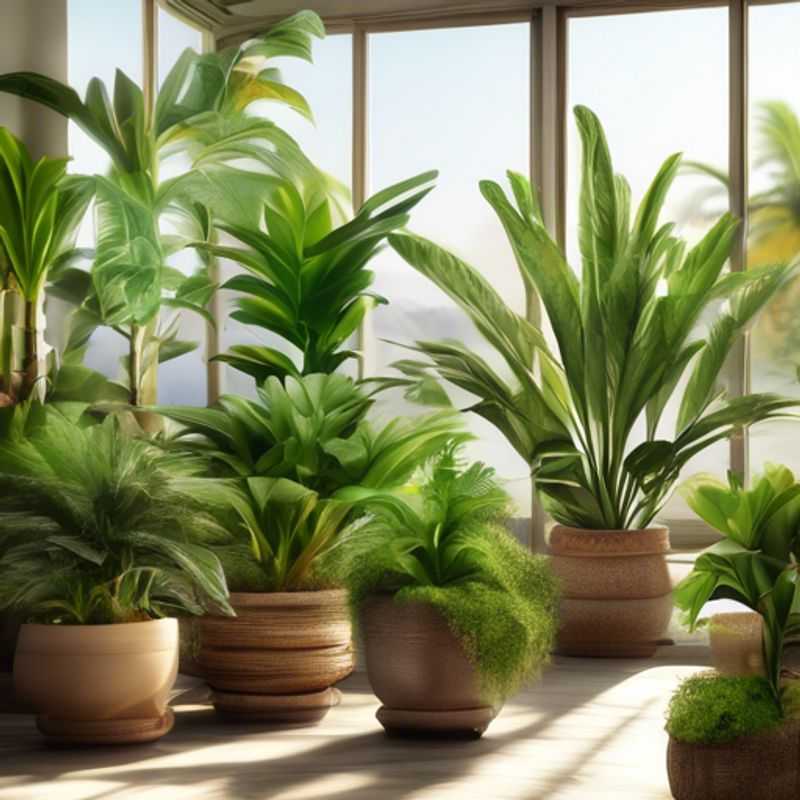
7 Tips for Choosing the Perfect Houseplant: From Light to Soil, Everything You Need to Know
Bringing the outdoors in with houseplants is a wonderful way to enhance your home's ambiance and well-being.
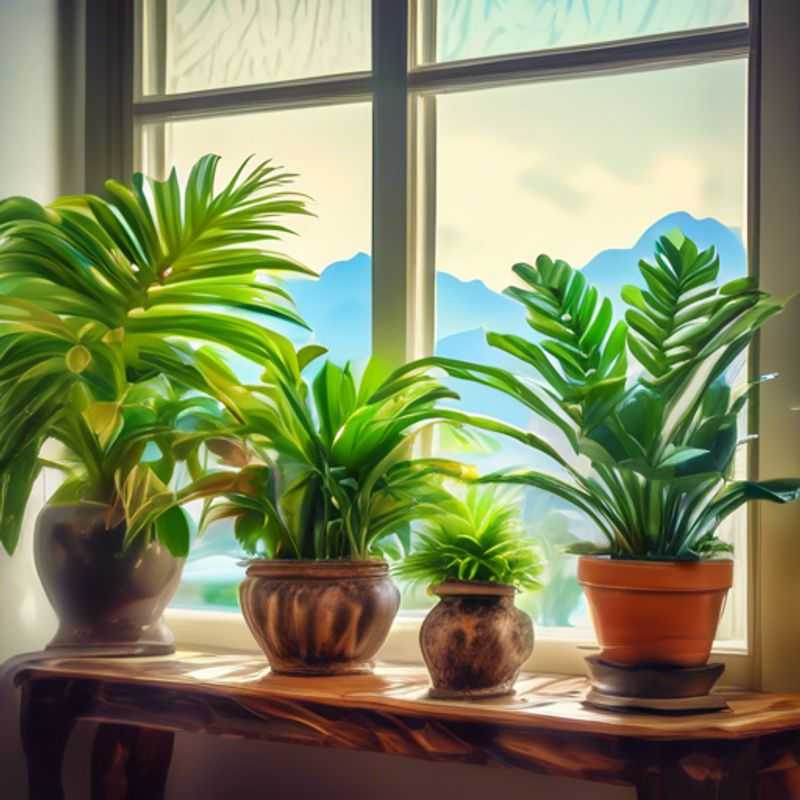
Decoding the Green Code: Understanding the Unique Needs of Each Houseplant
Hey there, plant enthusiasts! So, you've brought a little bit of greenery into your home, and you're ready to give it the best care possible. Knowing the specific care requirements for each type of houseplant is essential for their thriving. Let's break it down:
First, identify the plant's needs for light. Some plants thrive in bright, direct sunlight, while others prefer indirect light or even low-light conditions. Look for signs like yellowing leaves or stunted growth, which could indicate improper lighting.
Watering is another crucial element. Overwatering is a common mistake that can lead to root rot. The best approach is to allow the soil to dry out slightly between waterings. Feel the soil with your finger to check for moisture.
Humidity is also an important factor for some plants. Tropical plants, for instance, need a humid environment. You can increase humidity by grouping plants together, using a humidifier, or placing a pebble tray filled with water beneath the pot.
Lastly, consider the plant's need for nutrients. Most houseplants benefit from regular fertilization, especially during their growing season. Choose a balanced fertilizer specifically formulated for houseplants, and follow the instructions on the label.
Remember, these are just general tips. For detailed information, research your specific plant species. Websites like the Royal Horticultural Society (RHS) or the Missouri Botanical Garden are excellent resources. Happy gardening!
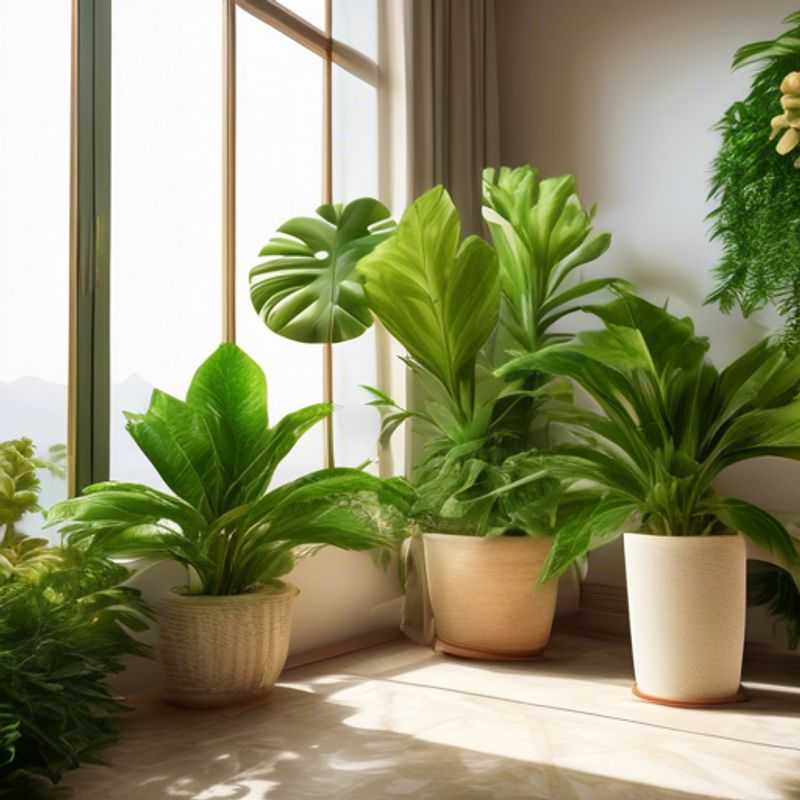
Light, Water, and Space: Essential Considerations for Plant Success
Choosing the right plant for your home or garden depends on several factors, including the amount of light, water, and space it needs. Understanding these requirements is crucial to ensure your plant thrives.
Light: Plants require different amounts of light to photosynthesize. Low-light plants can tolerate shady spots, while sun-loving plants need direct sunlight for several hours daily. Consider the amount of natural light your space receives and choose plants accordingly.
Water: The frequency and amount of water your plant needs depend on its species. Some plants prefer consistently moist soil, while others are drought-tolerant. Overwatering can be detrimental, so it's essential to understand your plant's watering needs.
Space: Different plants have varying growth habits. Some plants remain compact, while others can grow quite large. Ensure you have sufficient space for your plant to grow without being overcrowded or hitting the ceiling. Consider the mature size of your chosen plant before placing it in your home or garden.
By carefully considering these factors, you can create an ideal environment for your plants to flourish. Remember, every plant is unique, and research is crucial to ensure its well-being.
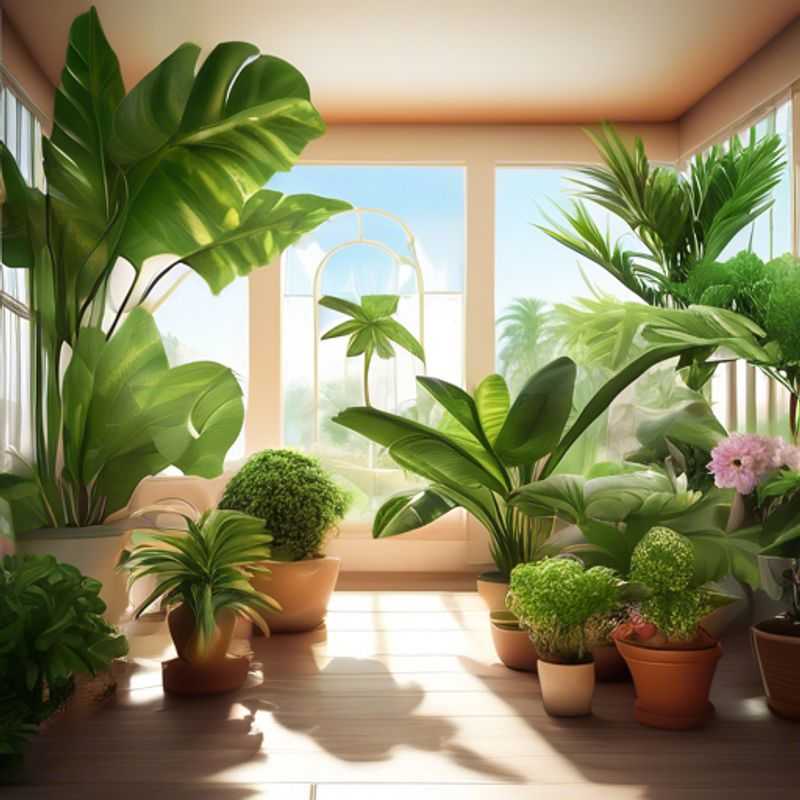
Is Your Plant a Friend or Foe? Determining Pet-Friendly vs. Toxic Flora
Bringing a new plant into your home is exciting, but it's crucial to ensure it's safe for your furry friends. Many common houseplants can be toxic to pets if ingested. Always do your research before introducing a new plant.
The ASPCA (American Society for the Prevention of Cruelty to Animals) and the Pet Poison Helpline are excellent resources for identifying toxic plants. Their websites provide comprehensive lists of plants, categorized by species, with information about their toxicity levels and potential symptoms in pets.
If you suspect your pet has ingested a toxic plant, contact your veterinarian immediately. Early intervention is crucial, as prompt treatment can often prevent serious health problems.
Keep in mind that even non-toxic plants can cause gastrointestinal upset if eaten in large quantities. It's best to discourage your pets from chewing on any plants, by providing alternative chewing toys and keeping plants out of reach.
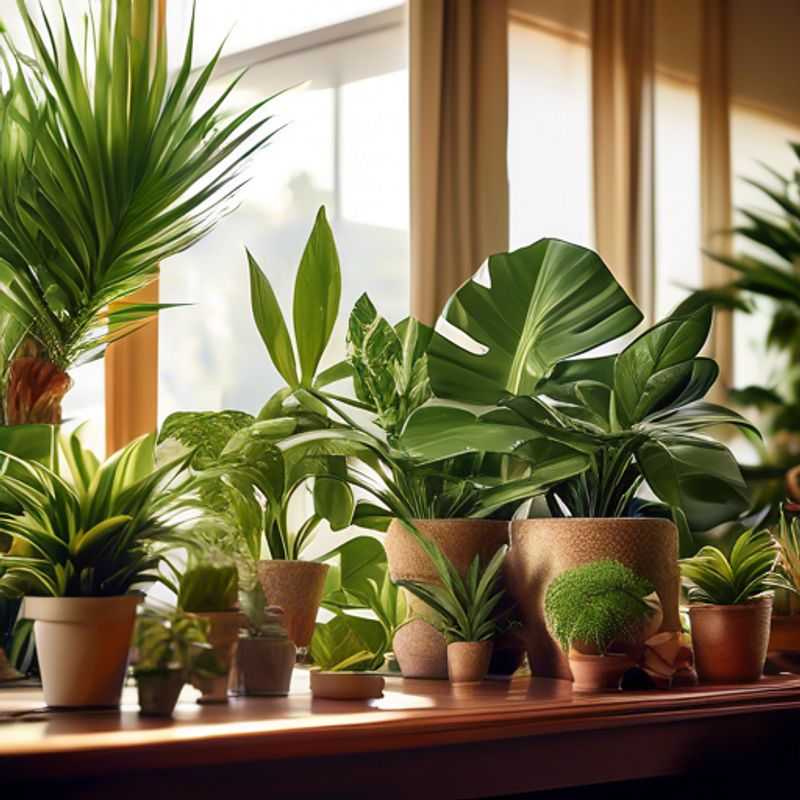
Don't Bring Home the Bugs: Inspecting Houseplants for Pests and Diseases
Bringing a new houseplant home is exciting, but it's crucial to check for pests and diseases before you commit. A quick inspection can save you headaches later on. Here's what to look for:
Inspect the leaves: Look for any unusual spots, discoloration, or holes. Check the undersides for tiny insects, spiderwebs, or white fuzz.
Examine the stems and roots: Look for any signs of rot, discoloration, or insects. If you're purchasing a plant from a nursery, ask if they have been treated for pests or diseases.
Consider the soil: Look for any signs of pests or disease in the soil, like fungus gnats or root mealybugs.
Quarantine new plants: Keep new plants away from your existing plants for at least two weeks to ensure they don't spread any unwanted guests.
If you notice any signs of pests or diseases, don't hesitate to ask the nursery staff for advice or look for more information online. By taking these precautions, you can help ensure that your new houseplant thrives in your home.
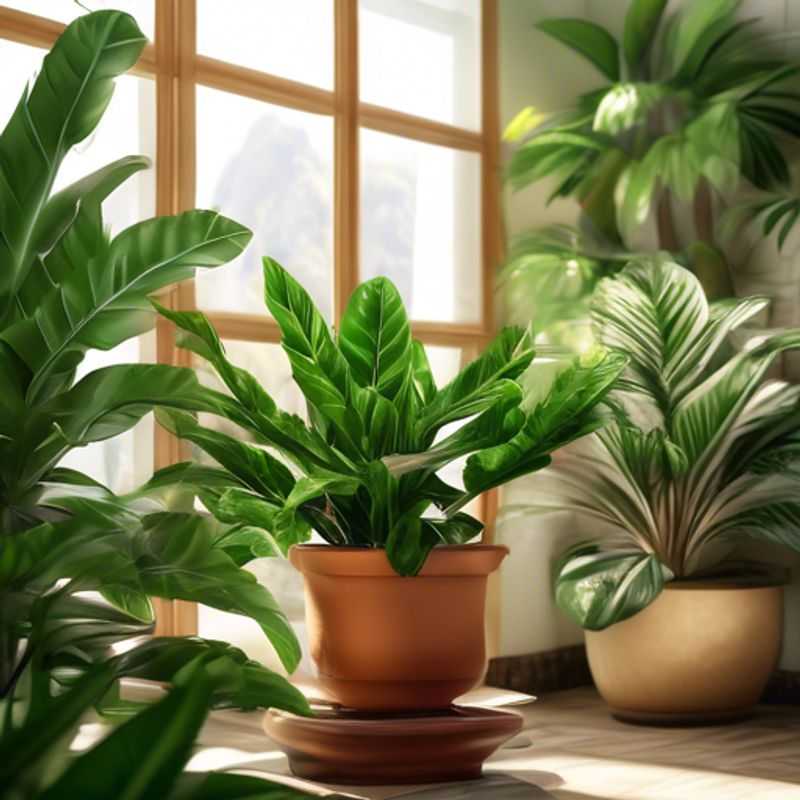
Drainage, Drainage, Drainage: Preventing Root Rot in Your Plants
Ensuring proper drainage is crucial for the health of your plants. Root rot, a common plant ailment, occurs when roots are constantly submerged in water, depriving them of oxygen and leading to decay.
To prevent this, choose pots with drainage holes at the bottom. These holes allow excess water to escape, preventing the roots from sitting in a soggy environment.
Drainage material like pebbles or gravel placed at the base of the pot can also help improve drainage. This layer allows water to pass through more readily, reducing the risk of root rot.
Regularly check the soil moisture and avoid overwatering. Watering frequency depends on the plant type, pot size, and environmental conditions.
It's a good idea to use a potting mix formulated for good drainage. These mixes contain components that encourage water to drain quickly, providing a healthy environment for roots.
By implementing these simple strategies, you can ensure your plants thrive, free from the perils of root rot.
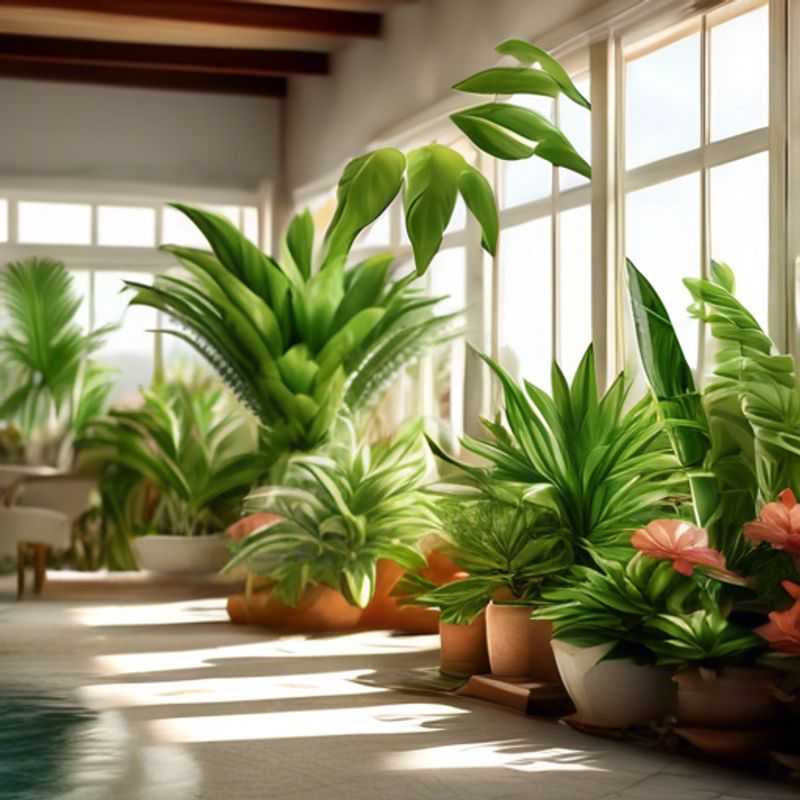
Green Thumbs Up: Mastering the Art of Transplanting and Repotting
Repotting is essential for healthy plant growth, as it provides them with fresh soil, nutrients, and adequate space for root development. When your plant outgrows its current pot, you’ll notice signs like roots circling the pot’s surface, stunted growth, or frequent wilting, even with regular watering. Repotting is typically done during the plant’s active growing season, usually in spring or early summer.
To repot your plant, choose a container that's only slightly larger than the original pot. Avoid drastic pot size changes as this can shock the plant and impede growth. Place a layer of drainage material like pebbles or gravel at the bottom of the new pot to prevent waterlogging. Fill the pot partially with fresh potting mix suitable for the plant's specific needs. Gently remove the plant from its old pot, ensuring not to damage the roots. Carefully loosen the root ball to encourage new growth. Place the plant in the new pot, ensuring the soil line is level with the rim. Backfill the pot with fresh potting mix, gently tamping it down. Water thoroughly to settle the soil around the roots.
After repotting, keep your plant in a well-lit area, but avoid direct sunlight, which can stress the plant. Monitor the plant's moisture levels and adjust watering as needed. With proper care, your newly repotted plant should thrive in its new home. Remember to check the soil periodically and fertilize accordingly to ensure optimal plant health.
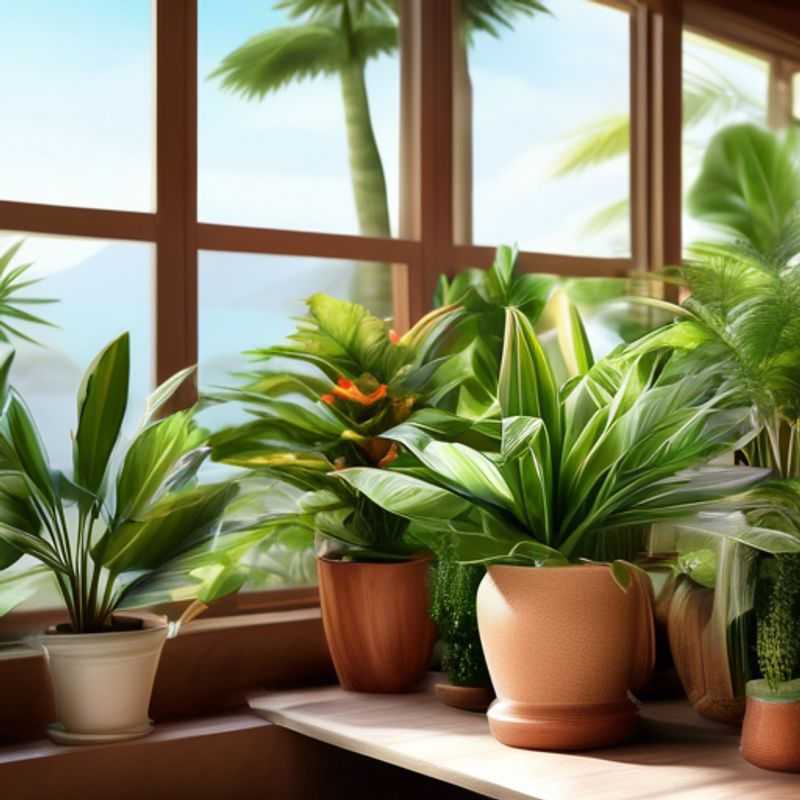
The Soil and Fertilizer Secrets to Thriving Plants: A Guide for Gardeners
To ensure optimal plant health, providing the right soil mix and fertilizer is crucial. A well-balanced soil mix typically consists of three main components: topsoil, compost, and perlite or vermiculite. This combination promotes good drainage, aeration, and nutrient retention, essential for healthy root development.
When it comes to fertilizers, understanding the N-P-K ratio (Nitrogen, Phosphorus, Potassium) is essential. For most plants, a balanced fertilizer with an N-P-K ratio of 10-10-10 is suitable. However, specific plants may require tailored ratios; for instance, leafy greens benefit from higher nitrogen levels.
Timing is also important. Apply fertilizers during the growing season, typically in spring and early summer, to support growth. Additionally, slow-release fertilizers can be beneficial as they provide nutrients gradually, reducing the risk of over-fertilization.
It's important to consider the cost of quality soil and fertilizers when planning. Budget for the following paid activities: purchasing quality soil amendments, fertilizers, and possibly soil testing services to determine existing nutrient levels. This helps in creating an effective plan tailored to your plants’ needs.
In summary, for optimal plant health, use a well-balanced soil mix, understand fertilizer ratios, apply at the right time, and budget for quality products and services. For further details, consider researching specific plant needs online.
